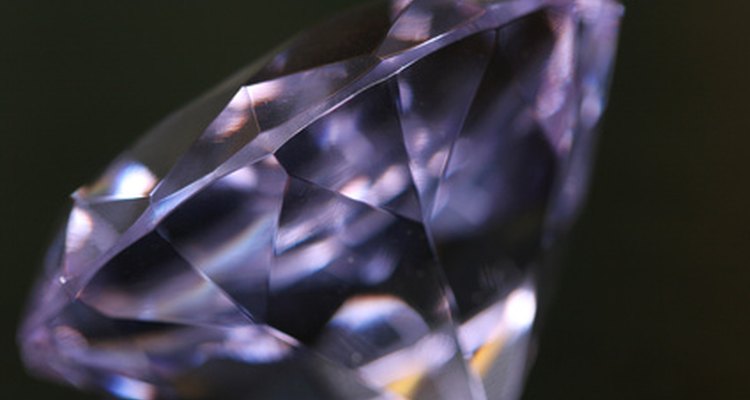
Blue diamonds have a section of their carbon transfused with nitrogen to create a blue tint rather than the traditional clear white of most diamonds. According to Blue Diamonds USA, estimates are that for every 10,000 diamonds mined naturally from the earth, there is only one diamond of any color. This means that blue diamonds are extraordinarily rare, and therefore valuable. However, it’s possible to color cubic zirconia, glass or plastic, all common diamond imitations, to have the appearance of a blue diamond.
Hold the diamond up to the light and look through it. A blue diamond will distort and bend the light to where it looks sparkling blue. Imitations, such as glass or cubic zirconia will not show the same sparkle. They will also allow the light to pass through, offering very little bending or distortion. If the gem shows a direct line of light through it, it is probably not a diamond. Also, the dyes that fake diamonds use will not reflect the blue as intensely as the genuine article. Blue diamonds will show direct blue light as a reflection of their true color. Imitations will show a paled version of the blue color.
Compare the blue diamond to another diamond of equal size by weighing it on a carat or gram scale. Imitation diamonds will weigh about 60 percent more than a true diamond. So if a diamond of an equal size is lighter than the blue diamond, the blue diamond will most likely be a fake. You can allow a little wiggle room, but if the difference is drastic, it’s not a blue diamond.
Put the stone under a UV lamp. Fake diamonds will not show any color when reflecting UV light, but will show their true color, often a clear white. However, a blue diamond held underneath a UV light will display a swirl of deep blue and purple colors. This is the fastest way to find out if the blue diamond is real, because UV lights leave little room for misinterpretation.
Take the diamond to a licensed jeweler. Most jewelers have never seen a blue diamond, so it may take some time for them to verify the diamond's legitimacy. However, if all other tests leave you baffled, this is the best way to determine if the blue diamond is real. If it is real, the jeweler should tell you how much the diamond is worth. Higher-tier jewelers may even offer to purchase the diamond from you because of its rarity.
Related Articles
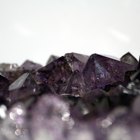
Types of Valuable Crystals
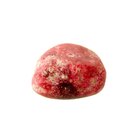
How to Identify Red Jasper
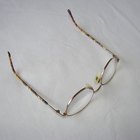
How to Spot Fake Costa Del Mar Glasses

Information on African Rubies
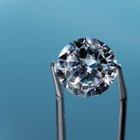
Strontium Titanate Vs. Diamond

How Do Yellow Lenses in Ski Goggles ...
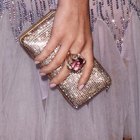
How to Tell If a Gem Is a Kunzite?

Kunzite Pricing Guide

How to Buy Diamond Jewelry in Vietnam
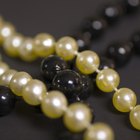
How to Tell What Pearls Are Worth
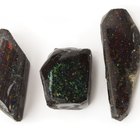
Which Types of Gems Are Most Expensive?

Tanzanite Vs. Diamonds
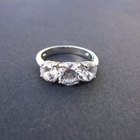
How to Spot a Fake Tiffany Ring
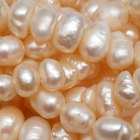
How to Identify Types of Pearls

What Does Fake Gold Look Like?

How to Tell If Your G-Shock Is Fake?

How to Clean Sterling & Turquoise ...
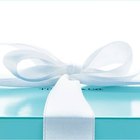
How to Tell a Real Tiffany's Necklace ...

How Valuable Is a Garnet in Carats?
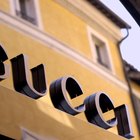
How to Identify a Counterfeit Gucci ...
References
Writer Bio
Cameron Burry has been writing professionally since 2006. He received his Associate of Arts degree from Lakeland College for English and writing, and holds two degrees from Murray State University: one in creative writing and one in English literature.
Photo Credits
diamond image by sumos from Fotolia.com